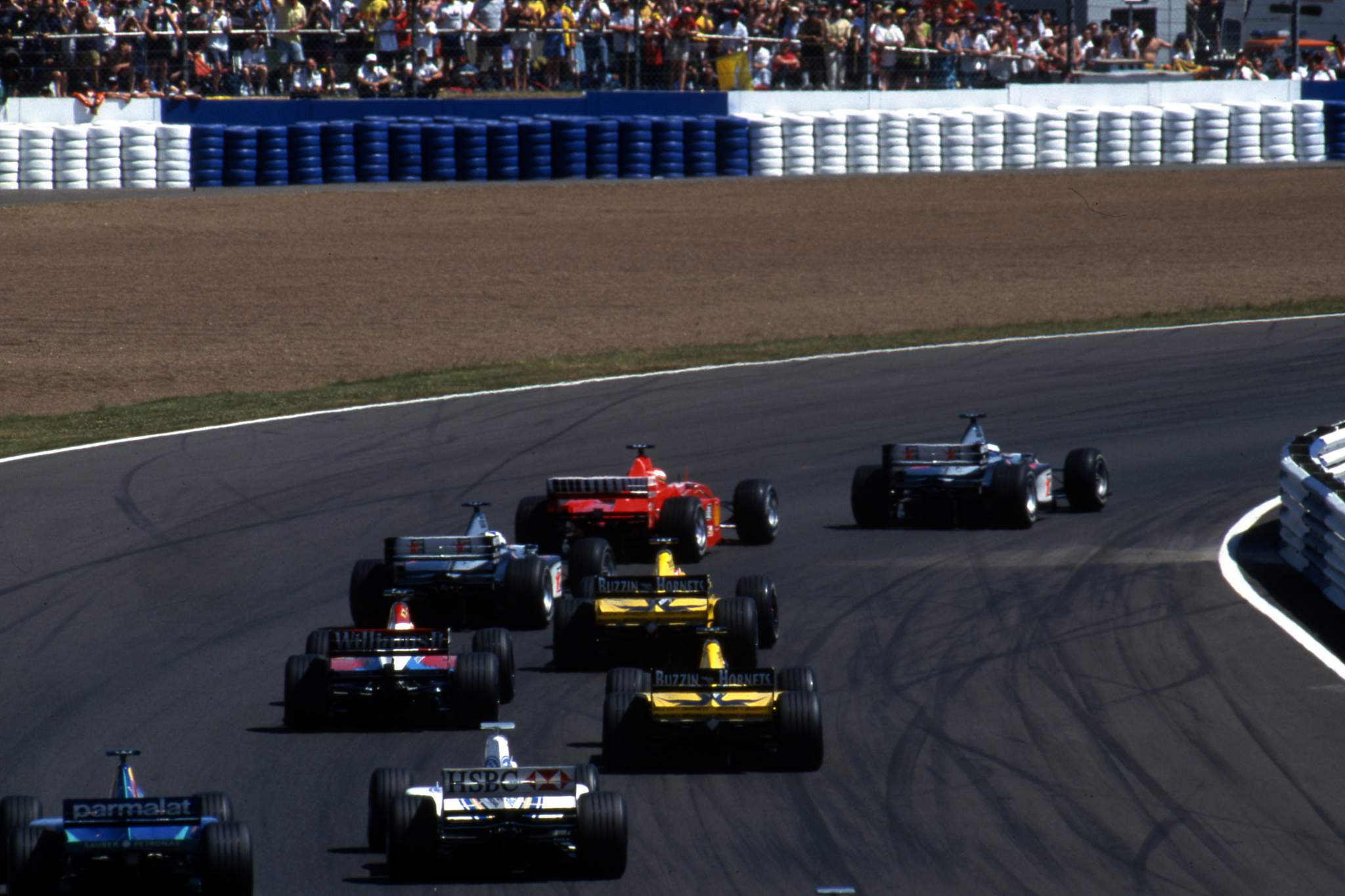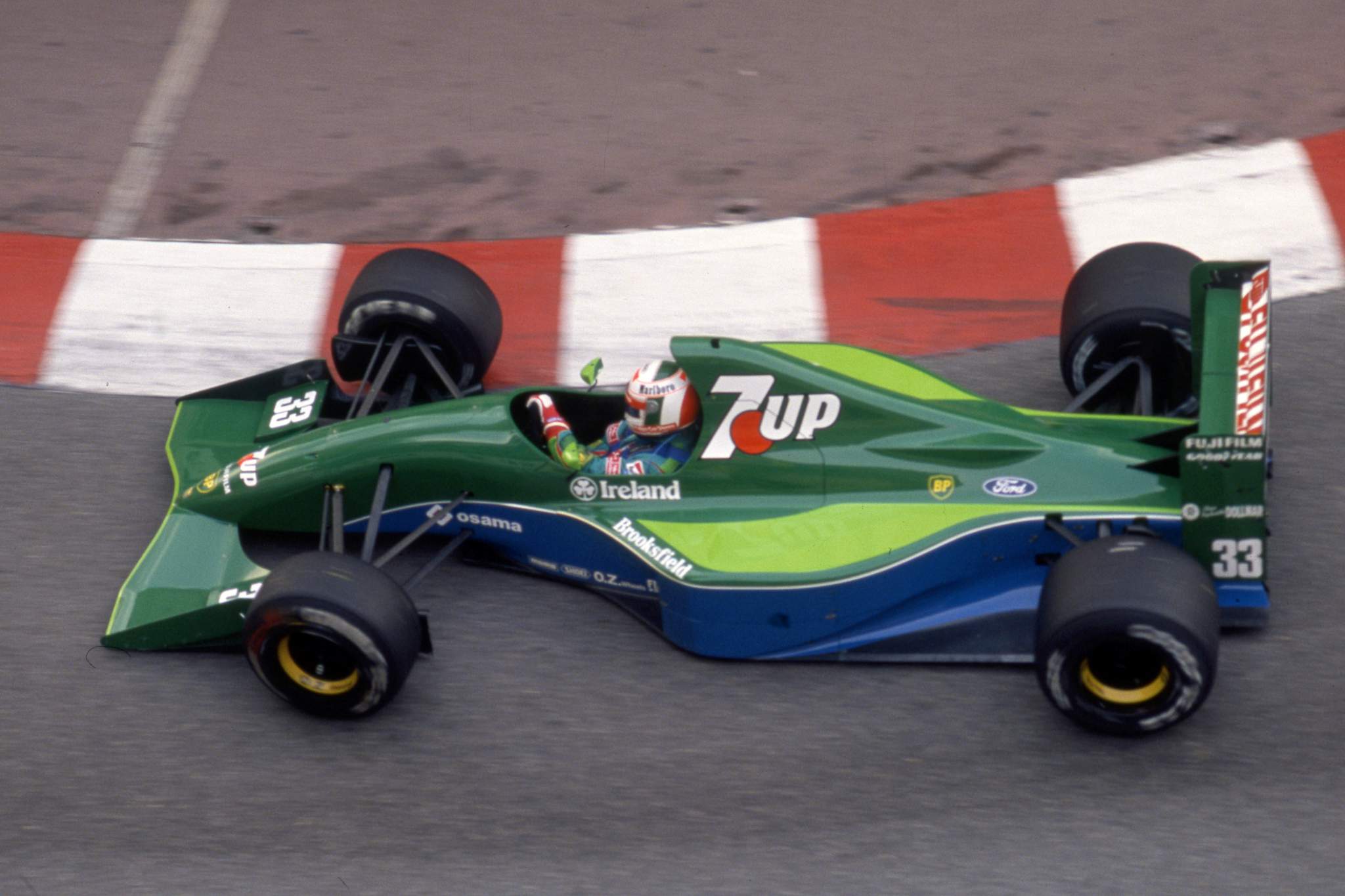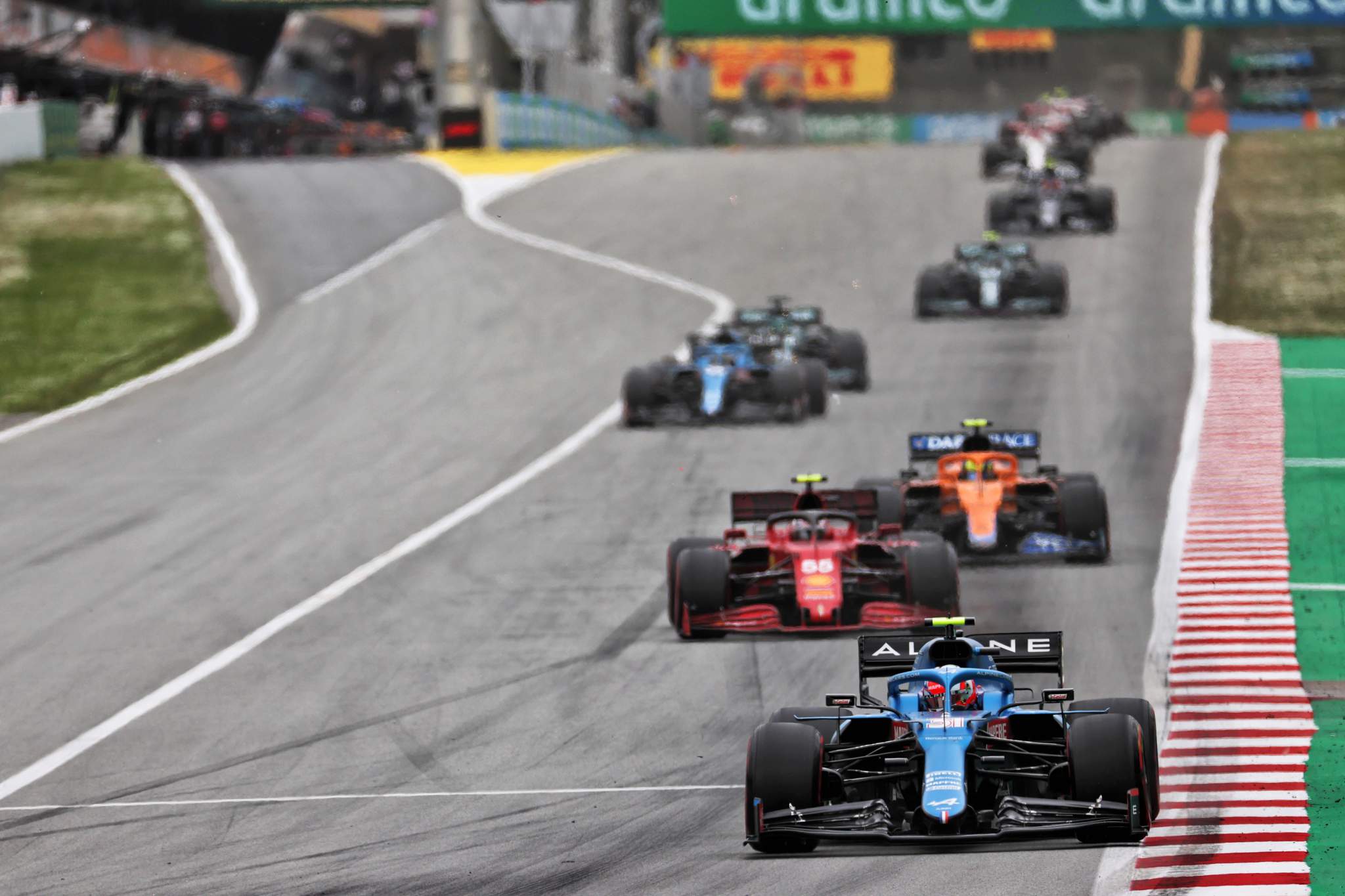Deflection testing of wings and other bodywork has been around for a long time in Formula 1. It’s emerged that the FIA will introduce more stringent load and pullback tests from mid-June as well as using on-board cameras to monitor for excessive deflection and this latest clarification of the rules shows that the battle to keep this in check is still going on.
The ban on flexing bodywork in F1 is long-standing, but you cannot test every part of the car under every possible load so the rules are inevitably vague in some ways. Any vehicle that goes from stationary to 220mph and generates downforce to give it grip with aero parts will always have bodywork that moves just that little bit.

In 1999, the FIA introduced the first of its set load tests, initially for the rear wing. Over the years these have been extended to test various parts of the car, including the front and rear wing and the sides of the floor.
Way back in 1991, the late Charlie Whiting arrived in the Jordan pit in Monaco. A couple of teams had complained that our outer floor deflected too much, so his test then was to stand on the floor just in front of the rear tyre. He did that and went away happy – little did he know we used the stiff floors in Monaco! That’s just a joke, the reality is that back then we had no idea what the difference was between a flexing floor and a stiff floor.

Currently, article 3.9 of the technical regulations covering ‘bodywork flexibility’ outlines a range of deflection tests. These outline how much deflection is permitted under a specific test load, specifying both the location and the way the test load will be applied.
But when you have a specific test that has a stipulated load and deflection, as long as you pass that test, does that mean you are home and dry? No, because the rule outlawing flexing bodywork still exists. This is in article 3.8 of the technical regulations governing what is called ‘aerodynamic influence’.
This states that any bodywork, except for exemptions such as for the DRS, “must be rigidly secured to the entirely sprung part of the car (rigidly secured means not having any degree of freedom)”.
So if a team can pass the load test and still have what is considered excessively flexing bodywork, then it means either the load test isn’t sufficiently stringent, or the team is getting around it with clever design.
This is what the FIA will be looking for in video footage, meaning that even if the car passes the load tests, there is still another level of scrutiny. This has always existed but never really been implemented.
At the turn of the century, it was fairly well known that Ferrari’s design team was pushing the limits on this in a few areas. Now that part of that design team is involved directly with the FIA and F1, it’s no surprise to me that they would start looking at this area.
You can gain an advantage through flexible bodywork in several key areas. For the front wing, when the outboard ends of the wing were regulated much higher than they currently are, allowing the wing to bend downwards at the outboard ends improved its overall performance. This is no longer necessary with the regulations for the wing endplate height now being lower.

But allowing the front flaps to rotate rearwards will move the centre of pressure rearwards as the speed and load builds up. This is a good balance change, because it means you will have more wing angle and front load at lower speeds to reduce the understeer.
When it comes to the floor, allowing the sides from about halfway down to just in front of the rear tyre to flex downwards will improve the performance of the underfloor and diffuser.
For the rear wing, which appears to have triggered this latest change to the way flexible bodywork is policed, reducing the angle of the rear wing under load reduces drag.
That is beneficial on all straights, but it has to be in line with the reduction of front load because you don’t want the centre of pressure to move forward with speed. That would make the rear of the car nervous in high speed corners.
While the regulations outlaw flexing bodywork, the fact that everything has to move to an extent because of load variation means there is always a way to try to gain an advantage.
For example, if the design of a fixing incorporates some kind of mechanism to allow for or control that flex, then the team is effectively trying to find a way around the load tests and paying no attention to the flexing bodywork rule.
Let’s take an example from something I’ve seen in the past. You could have a fixing point for the rear wing flap and within that fixing point you could have a preloaded spring.
If the spring preload has enough force to resist the FIA load test, but anything beyond that breaks the preload and allows the component to move or rotate to reduce drag, then that’s simply a team using its design techniques to contravening the regulations.
Such mechanisms – be they joints, bearings, pivots, dampers, hydraulics, buckling members or in the case of the front floor tongue heat sensitive struts or parts that have what’s called non-linear characteristics – are described as illegal in the technical regulations.
That’s all they have to police, and if a team is found to be using something designed deliberately to circumvent this flexing regulation, then a large points deduction is the simple answer.


